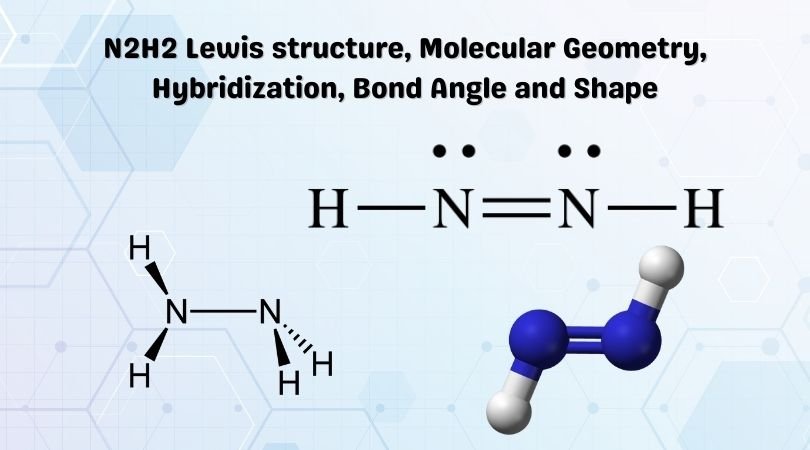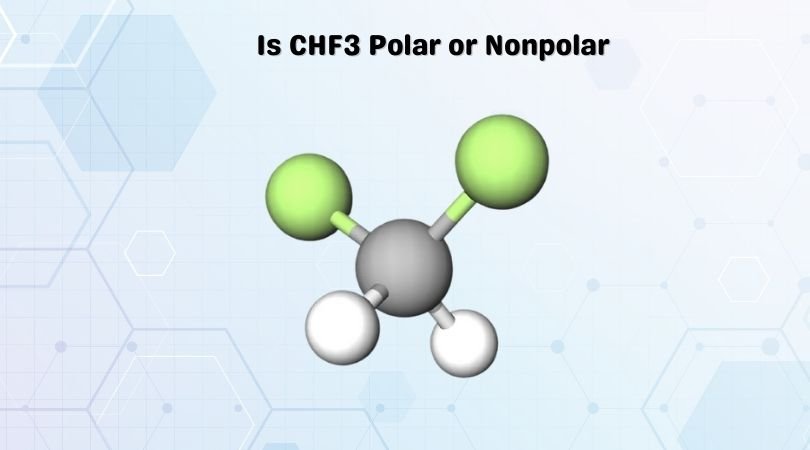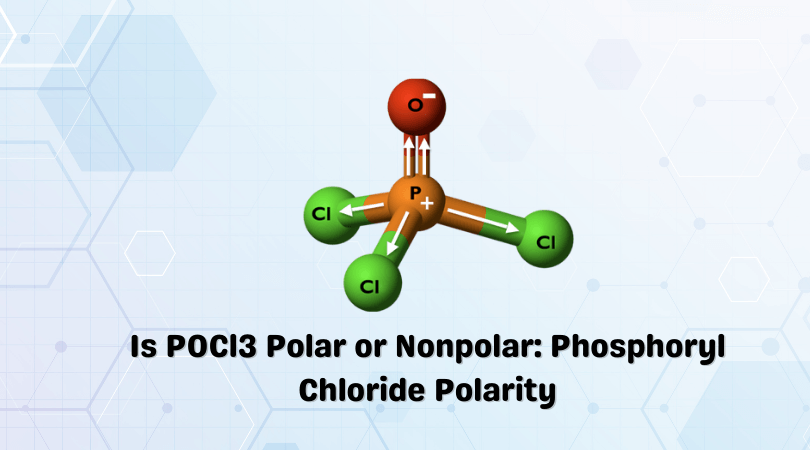To answer in one word, I would say that yes, DNA is a negatively charged molecule. But to know why it is so, we first have to look at its structure to get a detailed explanation.
DNA and its structure
DNA is an abbreviation for Deoxyribonucleic acid, molecules present in all the living organisms for carrying the genetic or inherited material. It is made up of nucleotides and is found in both eukaryotic and prokaryotic cells. DNA is a double-stranded molecule, unlike RNA, which is also a genetic material carrying molecule but is single-stranded.
It is a polynucleotide molecule that consists of many nucleotides made up of one of the four nucleobases ( Nitrogen-containing bases), deoxyribose ( a sugar molecule), and a phosphate group. Four Nucleobases form the DNA structure: Adenine, Thymine, Guanine, and Cytosine.

It has a double helix structure which means one strand of DNA forms bonds with another strand of DNA. This is an essential phenomenon as this interlinking of the polynucleotide strands is the medium by which the genetic information is stored and transmitted.
Why does DNA have a slight negative charge?
When two bases of the opposite nucleotide strands form Hydrogen bonds with each other, it is referred to as base pairing. Adenine forms Hydrogen bonds with Thymine, and Guanine forms bonds with Cytosine. For this pairing, Hydrogen bonds are the most stable ones for this type of association. If you remember the general chemistry of bonds, Hydrogen bonds are known to be the weakest bonds. But in the context of DNA, it is the most stable and suitable bond that can serve as a medium for storing genetic information for longer-term.
Apart from base pairing, DNA molecules have a phosphate backbone in which the phosphate group of the polynucleotide strands forms a covalent bond with the third Carbon atom of the pentose sugar in the next nucleotide. This arrangement of linkages between the phosphate group and sugar results in an alternating backbone of sugar-phosphate-sugar.
The Oxygen atom in the phosphate group that forms covalent bonds with sugar is negatively charged. Each phosphate group contains one such negatively charged Oxygen atom that makes the entire DNA strand negatively charged. As there are repeated phosphate groups throughout the structure of DNA, the molecule has a negative charge.
Concluding Remarks
As the phosphate groups of DNA are negatively charged, the DNA strand has a negatively charged backbone. Each phosphorus atom forms bonds with negatively charged Oxygen atoms which is responsible for this negative charge on the molecule.
So, to conclude, we can say that DNA is a negatively charged molecule.




